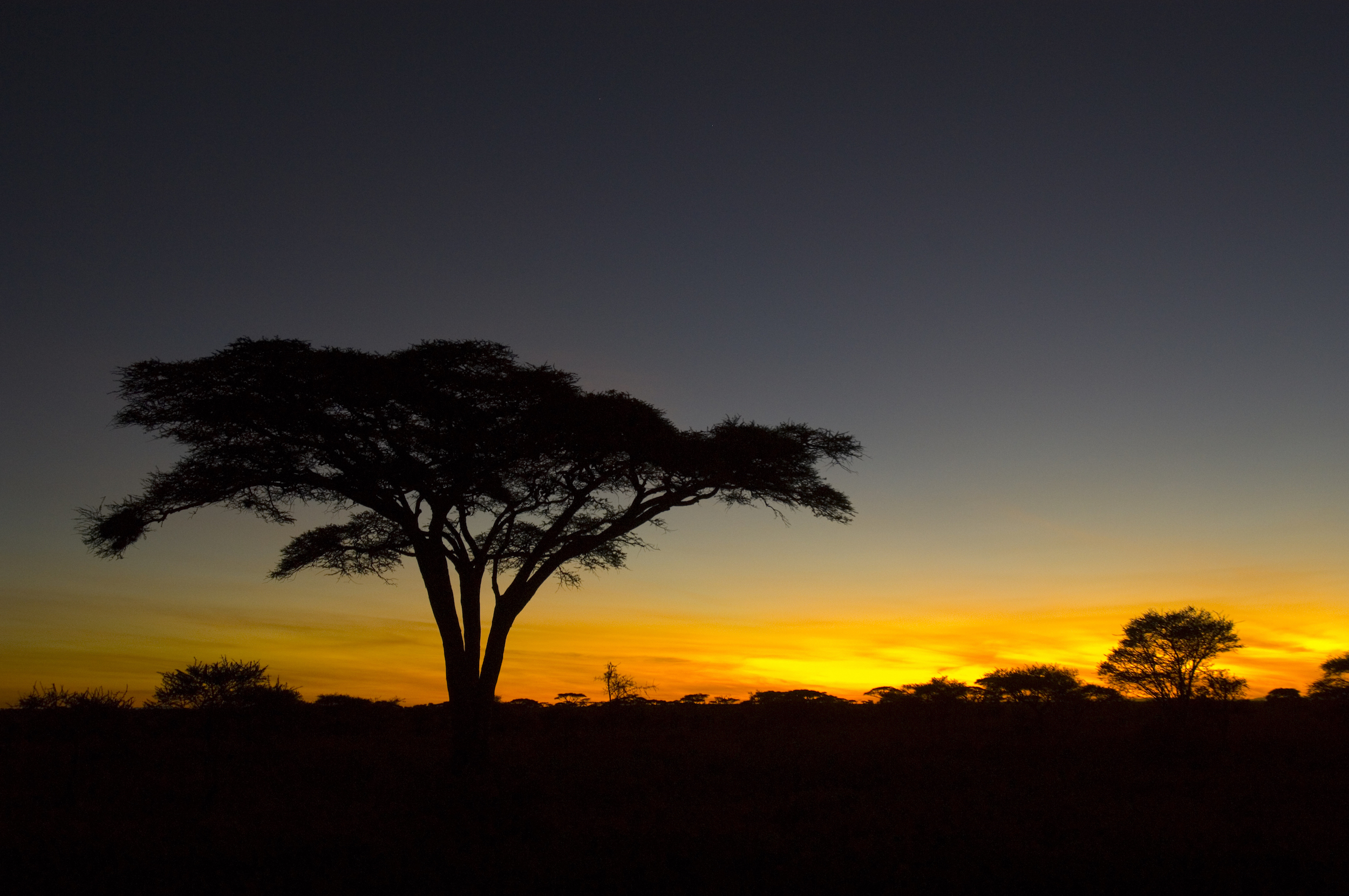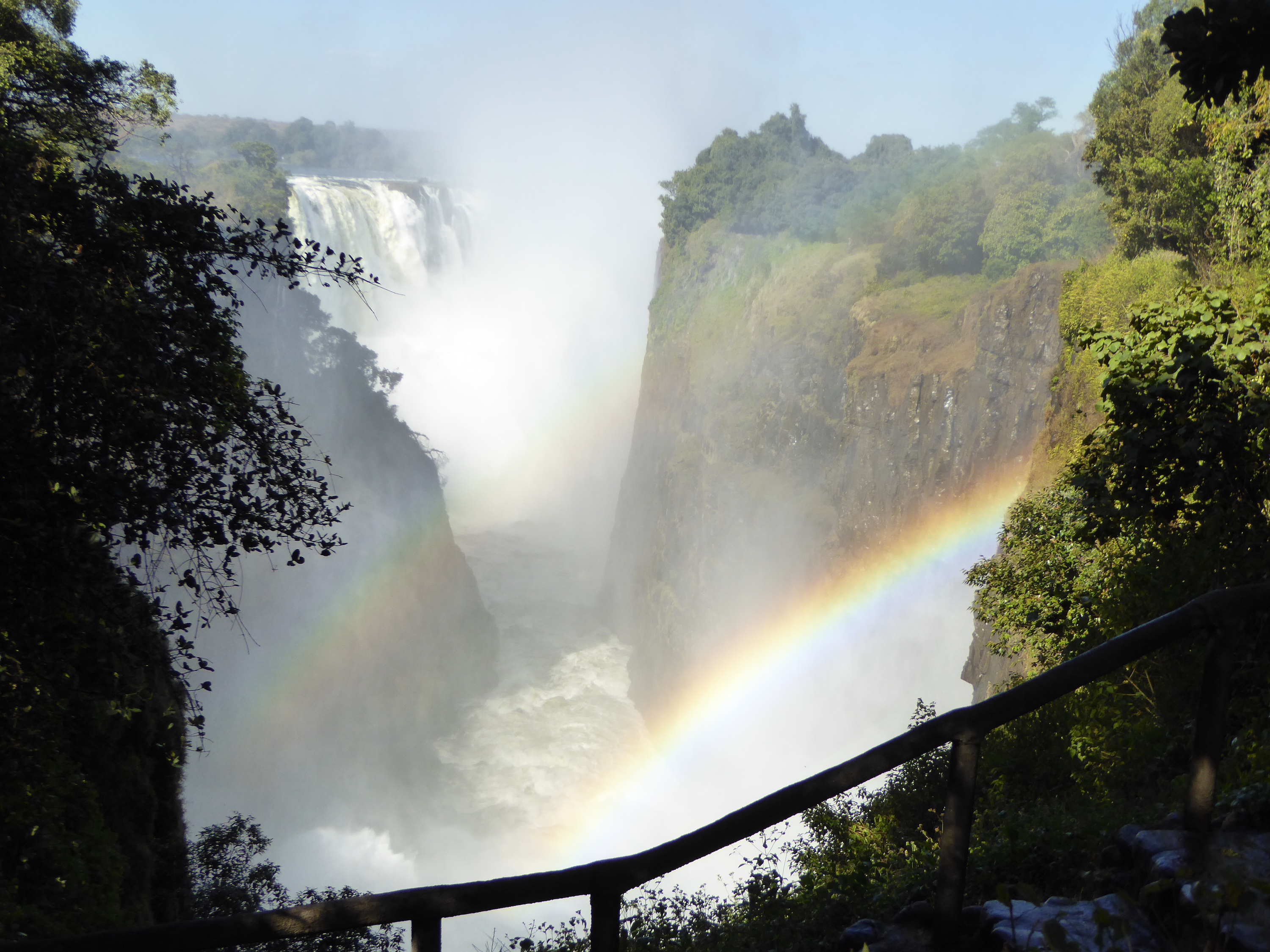
What do Bill Gates, Hillary and Chelsea, Martina Navratilova and Prince Charles have in common? They’ve all taken an Abercrombie and Kent safari in Tanzania. I figured that’s a pretty good recommendation.
As little as five years ago, some Americans still thought of Tanzania as an exotic destination; now more and more are choosing it as a vacation alternative to Kenya. And when most people think Tanzania, they think Serengeti. They picture millions of wildebeest and zebras stretching endlessly across the plains in their annual migration during the dry season.
Although A&K’s Tanzania Wildlife Safari includes the Serengeti, as well as Lake Manyara, I’d trade those “Endless Plains” for the relatively tiny expanse of the nearby Ngorongoro Crater.
Spanning only 102 square miles, this 2 1/2 million-year-old volcanic crater is a virtual microcosm of all East Africa. Just about every conceivable species of wildlife is represented, which makes the Ngorongoro Crater the only place of its kind in the world! Unlike the other parks, the Crater is the only place to see and photograph the wealth of wildlife without high-powered binoculars or large telephoto camera lens.
Despite the many animals visible alongside the road in all the parks, for the most part it’s a constant quest for viewing privileges, necks craned, eyes strained, heads bobbing from side to side hoping to be the hero in the jeep to make the next sighting.
The Crater, instead, is Mother Nature’s Zoo — a huge expanse of wild creatures surprisingly willing to share their open spaces, with each other as well as us. From the hatched-roof vehicles, designed for ultimate sightseeing, we leer, gawk, ooh, ah, jump up, sit down, jump up again, all the while snapping picture after picture, while the animals pretend to ignore us.
It’s hard to describe the wonder of a leviathan elephant whose tusks almost reach the ground, a black-maned lion baring his teeth or half-a-dozen adolescent zebras cavorting around a waterhole within feet of the jeep. Home to some 30,000 animals, I felt I had climbed into the Discovery Channel.
The highlight of the Crater is the endangered black rhino, of which only 26 are left. As in the days of Hemingway, when he and his hunting cronies were obsessed with tracking down The Big Five — rhino, elephant, lion, leopard and cape buffalo — poaching remains the biggest threat to the future of the rhino population. Not unlike Hemingway, the goal of many safari participants is also to pursue these most elusive, and dangerous, of prey. Their sport, however, is to shoot photos, not rifles. My safari mates and I — 11 of us total — saw all five beasts, an accomplishment in which we took great pride.
Considering its menace, the rhino doesn’t seem to do much. I guess when you’re the second largest animal around, there’s not all that much incentive to move. In contrast, the graceful loping antelope is a much more spirited animal.
Little did I know prior to my trip that an antelope is not itself an animal but a generic term that covers a wide range of creatures, ranging from an 11-pound dik dik to a 2000-pound eland. Also springboks, riverbucks, hardebeest, wildebeest, impalas, topis and gazelles among others, with horns from curved to straight, twisted to rippled, rounded to wavy. The list goes on as far as the antelope can run.
The imploded crater, the largest of its type in the world, provides both temporary and permanent residence for its vast hordes of wildlife dwellers. So many animals peacefully coexisting — at least on the surface. Hyenas, zebras, wildebeest, ostriches, elephants, lions, warthogs, hippos, baboons, cheetahs, leopards — and that’s just for starters! The latter two, especially, are rare safari finds — and among the most sought after by experienced safari-goers.
We novices got lucky. Not only did we see two leopards virtually indistinguishable from the tree branches they were wound around, but also a family of cheetahs frolicking nearby. I was mesmerized by the four cubs romping and rolling over each other, periodically returning to mom for a little grooming and reassurance.
She, on the other hand, was eyeing several gazelles about a quarter-mile away. We watched, some more anxiously than others, while they played a little cat and gazelle game, as mama debated whether or not to go and bring back lunch. Prey and predator eyeing each other, each evaluating its position, flirting with danger one moment, retreating the next. You can feel the tension, irrevocably caught up in the life-and-death dance that forms the very essence of their existence. I was both relieved and disappointed when mama decided against take-out.
And sometimes success — depending, of course, from whose perspective — is obvious. Case in point: the lion whose matted mane was so close, I could see his whiskers tremble, his stomach visibly distended, clearly indicating how well he had feasted the night before. Our guide, Joseph’s input: thirty to forty pounds of raw meat will satiate him for 4-5 days. What a way to live! I, on the other hand, was ready for lunch.
One of the most intriguing photo ops was of a vast flock of flamingos, numbering in the thousands, occupying most of Lake Magadi, a shallow soda lake on the bottom of the crater. They resembled a feathery pink blanket stretched out along the shoreline.
Through Joseph’s well-trained, eagle-eyed and extremely knowledgeable tutelage, we were soon all amateur zoologists, identifying a previously generic starling as a Ruppells long-tailed glossy or the ubiquitous antelope as a Hardebeest or Grant’s gazelle. By the sixth day, it was “Don’t bother getting up, it’s just another herd of elephants!”
Obstacles:
A travel story is often enhanced by the obstacles overcome, but on this particular trip, I was out of luck. The sun was brighter, the accommodations nicer, the food better, the flies less bothersome, the dust lighter than I had been led to expect. Although I understand this to be rare, I actually returned to my hotel with clothes still resembling the color they started out with. Be forewarned, this is not always the case.
The roads were another story, a definite obstacle that can’t be overcome unless you walk — which is definitely frowned upon in the wild! Anyone with back problems, or allergies for that matter, should probably not even consider the trip.
Seated on my hotel balcony at 7:30 a.m. the last morning, I listened to a concerto of birdcalls as I observed two Thompson’s gazelles romping about with a topi. A small flock of guinea hens grazed within 50 yards, assiduously avoiding a passing wart hog.
But what especially struck me was the presence of all the other animals, hidden in grass and shrubs, that I knew I was not seeing. Occupying those omnipresent endless plains were millions of hoofed animals continually on the move in search of pasture for survival, constantly watched and pursued by the many predators whose own survival depends on feeding off them. For a while, I watched for the slightest movement, as a hungry predator might do as it seeks its next meal. Then, I reluctantly left for home, knowing that this strange combination of imposing terrain, tenuous commingling of wildlife and inevitable brutal killings will continue long after I’m gone. Welcome to the harsh — and wonderful — realities of nature.
For more information, visit abercrombiekent.com or contact Abercrombie & Kent at 800/554-7094.
.
About the Author:
Fyllis Hockman, a frequent contributor to FAB Senior Travel, lives in the Washington D.C. area. She is an established, award-winning travel writer and a member of Society of American Travel Writers member since 1992. She has been traveling and writing for almost 30 years.






